Contaminants
Type of resources
Available actions
Topics
Keywords
Contact for the resource
Provided by
Years
Formats
Representation types
Update frequencies
status
Scale
-
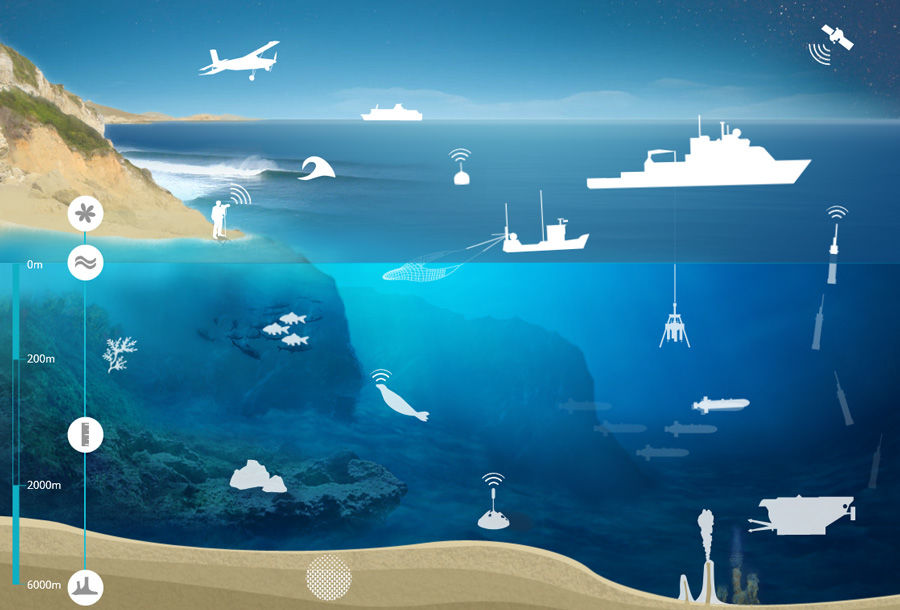
The SISMER (Scientific Information Systems of the Sea) is the Ifremer service in charge of the management of many marine databases or information systems which Ifremer is in charge of implementing.
-
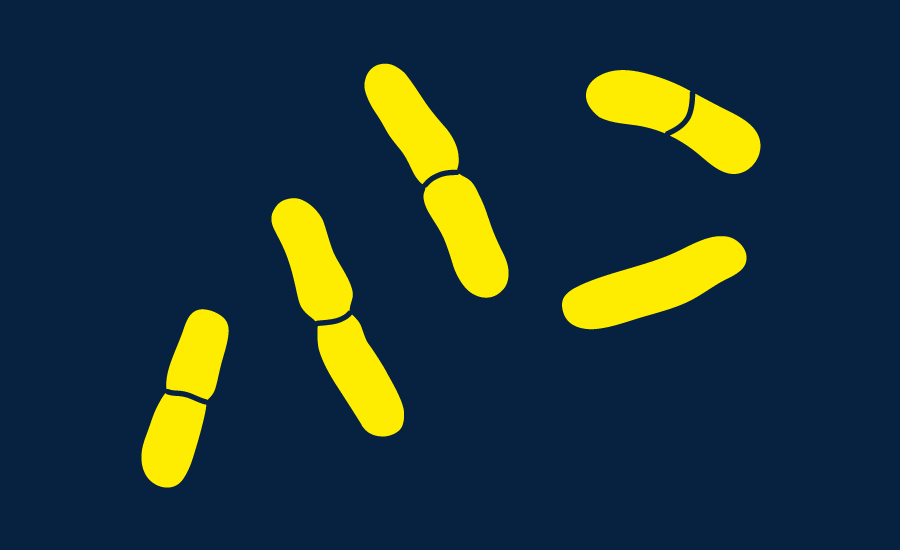
The French national network (REMI) includes a regular monitoring system and a warning system: - The regular monitoring system checks that the level of microbiological contamination in each production area remains within the limits set by the classification defined in the prefectural decree and tests unusual occurrences of contamination. - The warning system is triggered when results of the monotoring programme exceed or are at risk of exceeding the norms defining the quality classes and thresholds, or in case of contamination risk (pollution spillage, storms, etc.), or even in the case of a suspected or confirmed epidemic in shellfish.
-
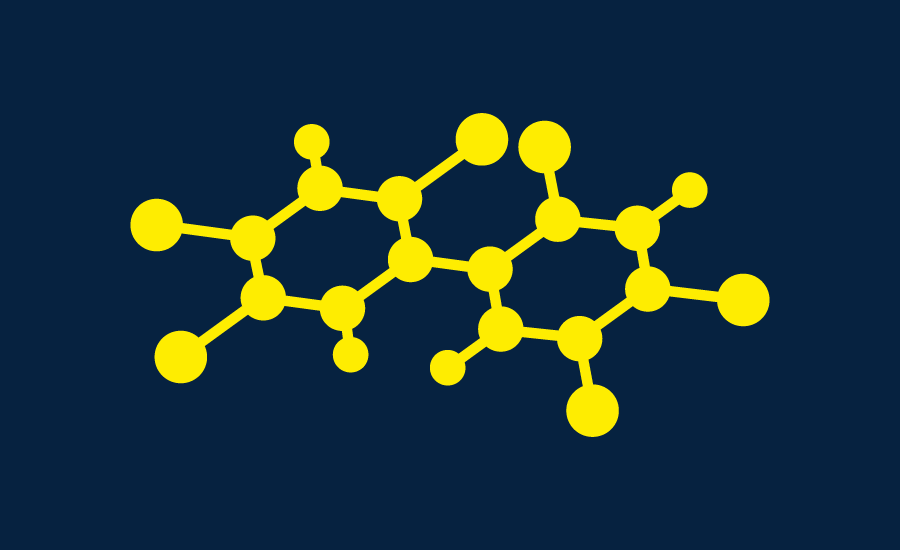
Since 2008, the Coastal Chemical Contamination Observation Network (ROCCH) has taken over from RNO (French National Observation Network for Quality in Marine Environments), which had existed since 1974. ROCCH aims to meet national, community and international obligations relating to monitoring chemicals in marine environments. It is therefore more of a control network than a heritage network as RNO once was. The backbone of ROCCH is to apply the European Water Framework Directive (WFD) and to meet the obligations set out in OSPAR Conventions and in Barcelona. As the WFD insisted on decentralization, ROCCH has gone from having just one project leader (the Ministry for the Environment) to having many decision-makers (water agencies, DIREN etc.). Chemical analyses are no longer conducted by IFREMER alone, but are attributed to other partners following calls for tender. ROCC also includes the monitoring of chemicals in shellfish production areas for the Food safety agency (DGAL) and the Ministry for Agriculture and Fisheries. Monitoring focuses on the three regulated metals: mercury, lead and cadmium in the given areas. Monitoring of these chemical contaminants is conducted in the three marine matrices: water, biota and sediment. Testing also includes imposex, the biological effect of tributyltin (TBT), as required by the OSPAR convention.
-

The definitive coastal information system, Quadrige stores coastal observation and monitoring network data. In order to manage coastal monitoring data, Ifremer developed the Quadrige² information system. Quadrige is one element of the Water Information System (SIE) http:// www.eaufrance.fr, et à ce titre, contribue aux travaux du Secrétariat d'Administration National des Données Relatives à l'Eau (SANDRE) http://www.sandre.eaufrance.fr. Quadrige Marine Zones is a reference source unique to the Quadrige system. It is used to break down the coast of the French mainland and overseas territories into large areas and to connect each one with observation and monitoring locations.
-
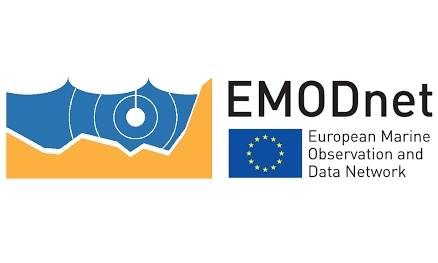
EMODnet (European Marine Observation and Data Network) is the long term marine data initiative supported by the European Commission since 2009 to ensure that European marine data will become easily accessible, interoperable, and free on restrictions on use. EMODnet Chemistry provides access to standardized, harmonized and validated chemical data collections for water quality evaluation at a regional scale, as defined by the Marine Strategy Framework Directive (MSFD). The data portal has adopted and adapted SeaDataNet standards and services, establishing interoperability between the data sets from the many different providers (more than 60 in EMODnet Chemistry network). Concentration maps of nutrients, chlorophyll-a and dissolved oxygen are computed on a standard grid, providing information at a regular time interval, per season and over several vertical layers, including the deepest one. Dedicated OGC standard services for browsing, viewing and downloading chemistry observation, data and data products for the European waters have been developed, and are actively maintained and monitored.
-
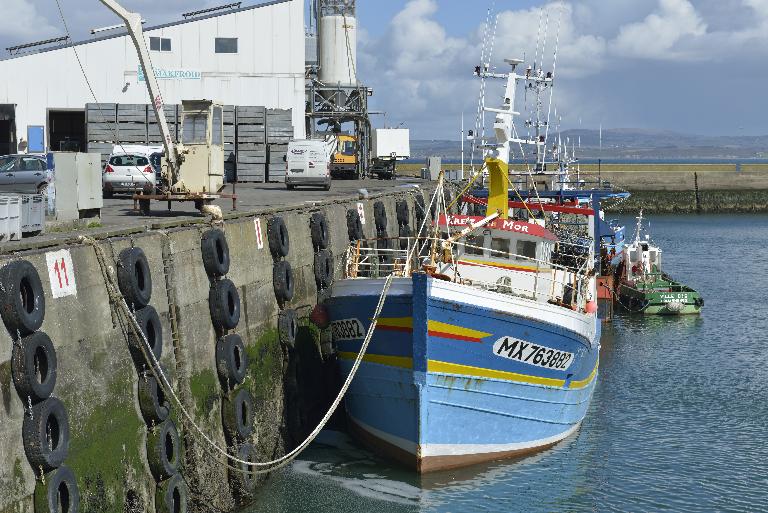
Jusqu’en 1997, parmi les réseaux nationaux de suivi du milieu littoral existants, aucun ne prenait en compte la problématique portuaire. Or, les activités pratiquées dans les ports maritimes influent sur la qualité du milieu aquatique malgré les mesures de prévention mises en place sans toutefois que leur impact soit réellement bien connu. C’est pourquoi, par circulaire du 7 mars 1997, le ministère du Développement durable a mis en place le Réseau national de surveillance de la qualité des eaux et des sédiments des ports maritimes, dénommé REPOM. Ce dernier a été constitué à partir des réseaux départementaux de suivi de la qualité des ports que géraient les Cellules Qualité des Eaux Littorales (CQEL).
-
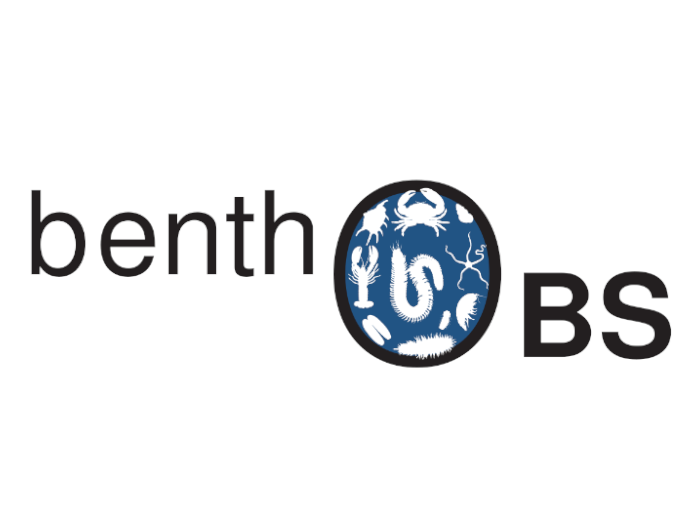
BenthOBS a pour objectif de constituer un réseau national d'observation du macrozoobenthos. Dans un contexte de changement global, il est essentiel de disposer de séries temporelles capables de mettre en évidence et de comprendre les changements en cours en terme de diversité spécifique au sein des communautés et leurs conséquences sur le fonctionnement des écosystèmes marins.
-
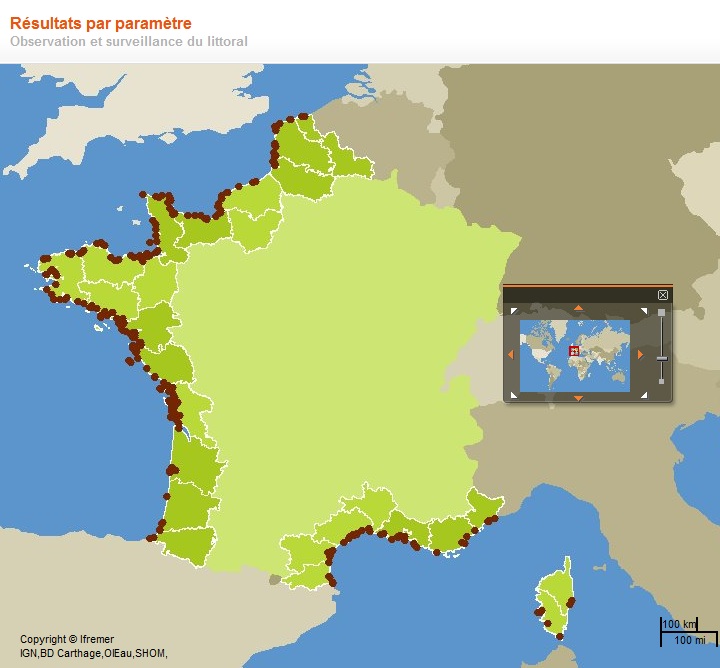
Ce jeu compile des données de deux programmes stockées par l'IFREMER pour la période 2000-2016 : - Volet du ROCCH (Réseau d'Observation de la Contamination Chimique, anciennement RNO) : surveillance des contaminants chimiques dans les organismes marins (coquillages, poissons) pour l'évaluation des niveaux et des tendances. Les données renseignent sur les dosages des métaux (Ag, Cd, Cr, Cu, Hg, Ni, Pb, V, Zn), des organochlorés (PCB, DDT, lindane) et des hydrocarbures aromatiques polycycliques (16 HAP et certains de leurs dérivés alkylés et soufrés) pour des prélèvements réalisés dans les lieux de surveillance côtiers. - Le programme RINBIO (Réseau Intégrateurs Biologiques) qui a pour objectif d’évaluer les niveaux de contamination chimique et radiologique dans chaque unité du référentiel géographique du Schéma Directeur d'Aménagement et de Gestion des Eaux (SDAGE) du bassin Rhône-Méditerranée Corse, par un suivi tous les 3 ans. Les substances sont comparables à celles mesurées sur le ROCCH MV.
-
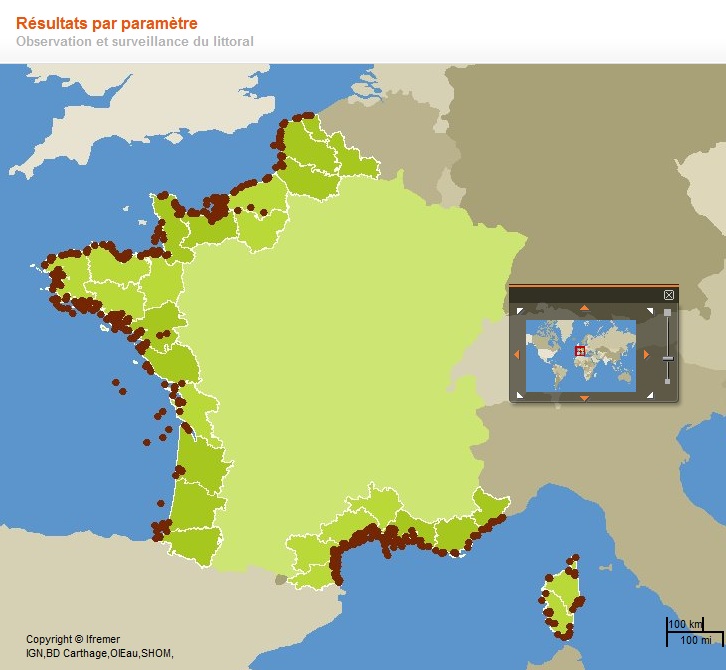
Ce jeu compile des données de deux programmes : - le volet du ROCCH (Réseau d'Observation de la Contamination Chimique, anciennement RNO) de 1995 à 2015 : surveillance des contaminants chimiques dans les sédiments marins pour l'évaluation des niveaux et des tendances. Les données renseignent sur les dosages des métaux (Ag, Cd, Cr, Cu, Hg, Ni, Pb, V, Zn), des organochlorés (PCB, DDT, lindane) et des HAP (16 hydrocarbures aromatiques polycycliques et certains de leurs dérivés alkylés et soufrés) pour des prélèvements réalisés dans les lieux de surveillance côtiers. - le programme REPOM Sédiment (Réseau National de Surveillance des Ports Maritimes) de 1997 à 2016, qui évalue et suit l’évolution de la qualité des sédiments des bassins portuaires (militaires, de commerce, de pêche, et de plaisance). Les données concernent la granulométrie, teneur en eau, carbone organique total, aluminium, As, Cd, Cu, Hg, Pb, Zn, Ni, hydrocarbures totaux, TBT, PCB, PAH, Cr, COT.
-
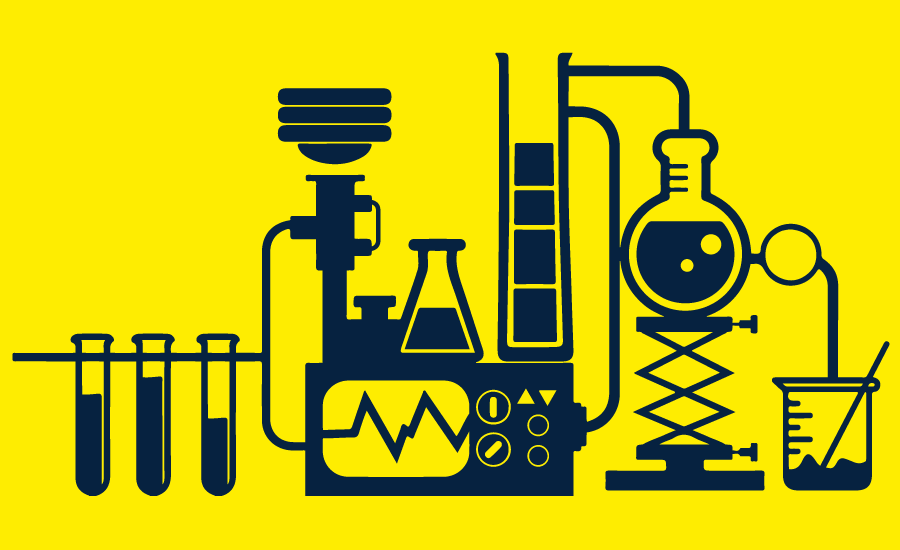
Le produit Surval "Données par paramètre" met à disposition les données d'observation et de surveillance bancarisées dans Quadrige, validées et qui ne sont pas sous moratoire. Ce système d'information contient des résultats sur la plupart des paramètres physiques, chimiques et biologiques de description de l'environnement. Les premières données datent par exemple de 1974 pour les paramètres de la qualité générale des eaux et les contaminants, 1987 pour le phytoplancton et les phycotoxines, 1989 pour la microbiologie, du début des années 2000 pour le benthos. Les données sous moratoire ou les données qualifiées "Faux" sont exclus de la diffusion Surval. Une donnée validée dans Quadrige aujourd’hui sera disponible dans Surval demain. Par contre, les fichiers associés à la donnée ne sont pas disponibles dans Surval. L'accès aux données d'observation se fait par lieu. Un lieu de surveillance est un lieu géographique où des observations, des mesures et/ou des prélèvements sont effectués. Il est localisé de façon unique par son emprise cartographique (surface, ligne ou point). Un lieu de mesure peut être utilisé par plusieurs programmes d'observation et de surveillance. Conformément aux exigences de l’ « Open data », toutes les données validées sans moratoire sont diffusées à J+1 et sans traitement. Ainsi tous les paramètres et tous les programmes Quadrige sont diffusés, et regroupés sous forme de thème : - Benthos dont récifs coralliens - Contaminants chimiques et Écotoxicologie - Déchets marins - Microbiologie - Phytoplancton, hydrologie et phycotoxines - Suivi du cycle de vie du bivalve - Zooplancton - Autres Un thème regroupe un ou plusieurs programmes d'acquisition. Un programme correspond à une mise en œuvre d'un protocole, sur une période et un ensemble de lieux. Chaque programme est placé sous la responsabilité d'un animateur. Pour accompagner le résultat, de nombreuses données sont diffusées (téléchargeables en tant que données d’observation), comme : - la description complète du « Paramètre-Support-Fraction-Méthode-Unité »; - la description complète des « Passages », « Prélèvements » et « Échantillons »; - le niveau de qualification du résultat; - une proposition de citation, afin d’identifier tous les organismes contribuant à cette observation. Ces données sont décrites plus précisément sur la page suivante https://surval.ifremer.fr/Astuces/Telechargement-contenu-du-fichier-csv L'emprise géographique est nationale : la métropole et les départements et régions d'outre-mer (DROM). L'accès au téléchargement direct du jeu de données complet (~ 220 Mo) s'effectue par ce lien : https://sextant.ifremer.fr/documentation/surveillance_littorale/surval/data/surval.zip ou https://www.data.gouv.fr/fr/datasets/surval-donnees-par-parametre/ L'accès par la carte permet de configurer des extractions et des graphes de visualisation sur demande (email demandé pour le téléchargement). Pour en savoir plus : le vocabulaire employé sur ce site et dans les fichiers extraits est explicité dans des documents comme le dictionnaire et le manuel saisie Quadrige² ; les thématiques sont plus détaillées dans les consignes thématiques au utilisateurs. https://wwz.ifremer.fr/quadrige2_support/Mon-support-Quadrige/Je-consulte-les-manuels
 Catalogue PIGMA
Catalogue PIGMA